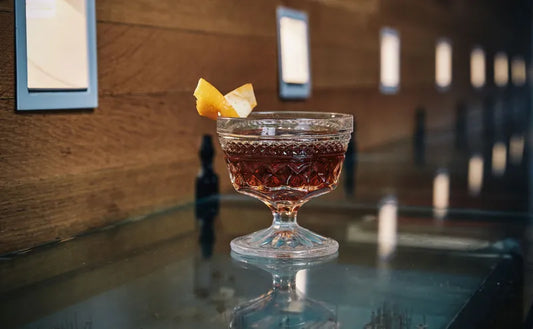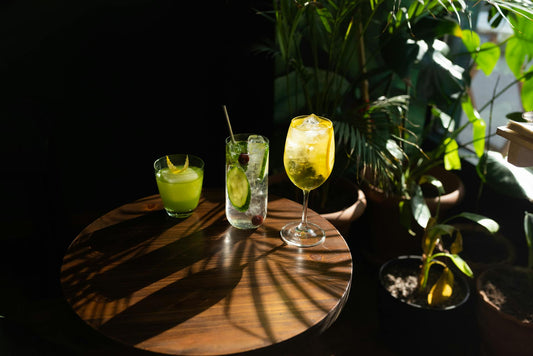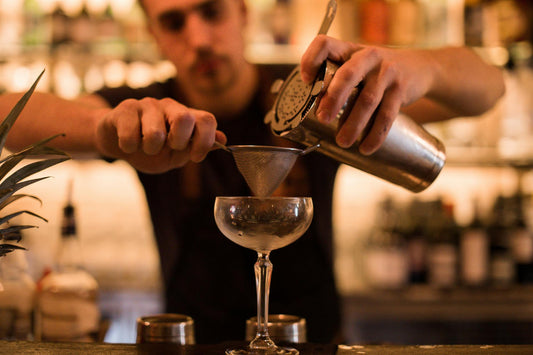Lemon Lime & Bitters: Refreshing Non-Alcoholic Cocktail Recipe
SWEET to SOUR
(1-10)
STRENGTH
(1-10)
CALORIES
STANDARD
DRINKS
Note: these values are approximate and may vary dependent on the ingredients and brands you use.
More information...
Lemon Lime & Bitters is a delightful and refreshing drink that has become a staple in many bars and restaurants, particularly in Australia and New Zealand. This cocktail is often enjoyed as a non-alcoholic option, making it a perfect choice for those who want to partake in the social aspect of drinking without the effects of alcohol. With its vibrant flavors and simple preparation, it’s no wonder that Lemon Lime & Bitters has garnered a loyal following.
The ingredients for this drink are straightforward yet effective. It consists of freshly squeezed lime juice, lemonade, and a few dashes of Angostura Aromatic Bitters. The combination of these elements creates a harmonious balance of sweet and tart flavors. The lime juice provides a zesty kick, while the lemonade adds a refreshing sweetness that is perfect for quenching thirst. The bitters, with their complex herbal notes, elevate the drink, adding depth and a hint of sophistication that might surprise those expecting a simple soft drink.
To prepare this cocktail, one simply combines 15 ml of freshly squeezed lime juice with 150 ml of lemonade in a shaker. After adding four dashes of Angostura Aromatic Bitters, the mixture is shaken with ice to chill and blend the flavors. The resulting concoction is then strained into a glass filled with ice, and for an extra touch of flair, a lime wheel can be added as a garnish. This simple yet effective method ensures that the drink is not only refreshing but also visually appealing.
One of the most appealing aspects of Lemon Lime & Bitters is its low alcohol content. With only 0.26% alcohol by volume, it is almost non-alcoholic, making it an excellent choice for designated drivers or anyone looking to enjoy a flavorful beverage without the effects of alcohol. This low alcohol content means that it can be enjoyed at any time of day, whether as a refreshing afternoon pick-me-up or as a delightful accompaniment to a meal.
Nutritionally, Lemon Lime & Bitters is relatively light, containing approximately 70 calories per serving. This makes it a guilt-free option for those who are calorie-conscious but still want to indulge in a tasty drink. The drink's refreshing nature and low calorie count make it a popular choice during hot summer days or as a non-alcoholic option at social gatherings.
Interestingly, the drink's popularity has led to various adaptations and interpretations. Some people enjoy adding a splash of soda water for extra fizz, while others might experiment with different types of bitters or flavored lemonades. This versatility allows for creativity in crafting the perfect version of Lemon Lime & Bitters to suit individual tastes.
In conclusion, Lemon Lime & Bitters is more than just a simple cocktail; it is a refreshing and versatile drink that caters to a wide audience. Its combination of sweet and tart flavors, low alcohol content, and easy preparation make it a favorite among those looking for a delicious non-alcoholic option. Whether enjoyed on a sunny afternoon or at a lively gathering, this drink is sure to please and refresh.



